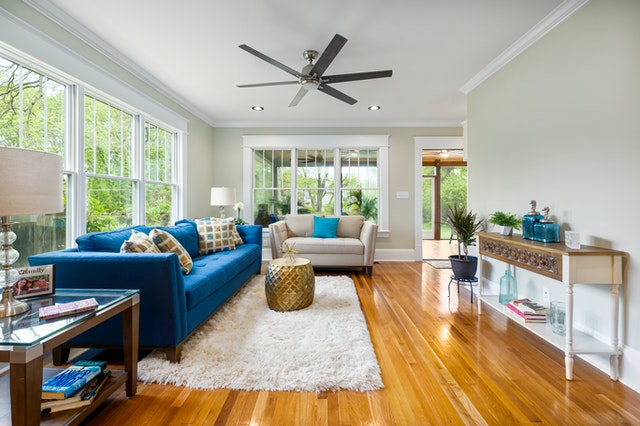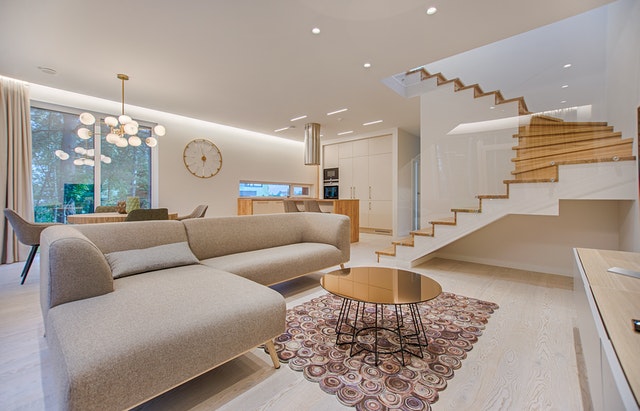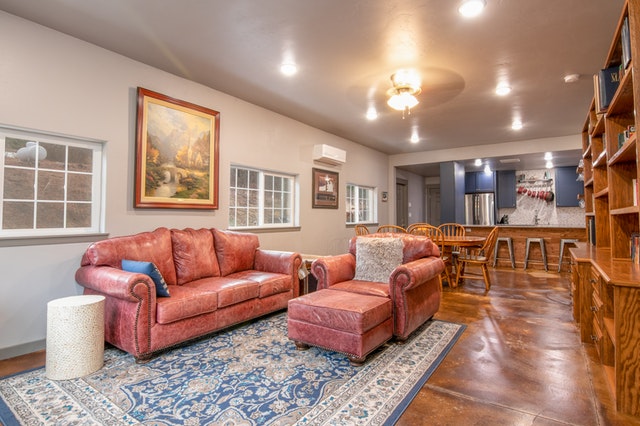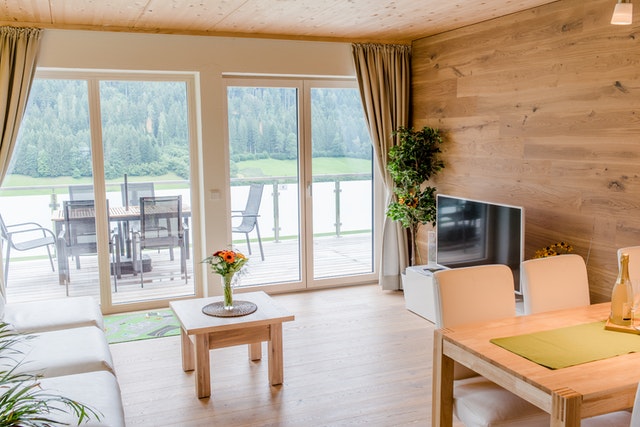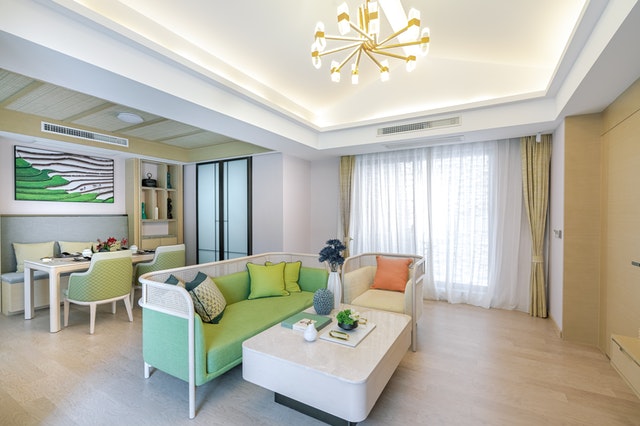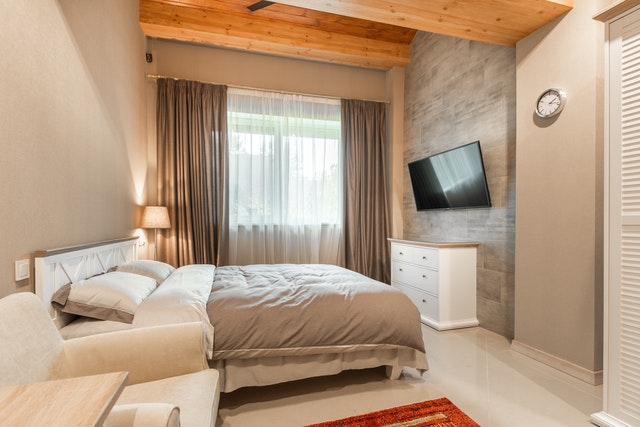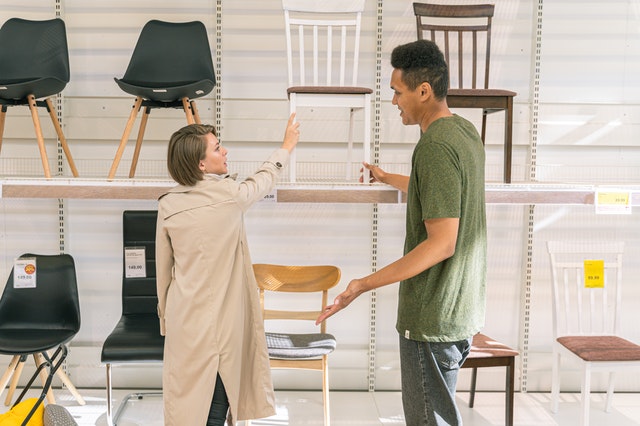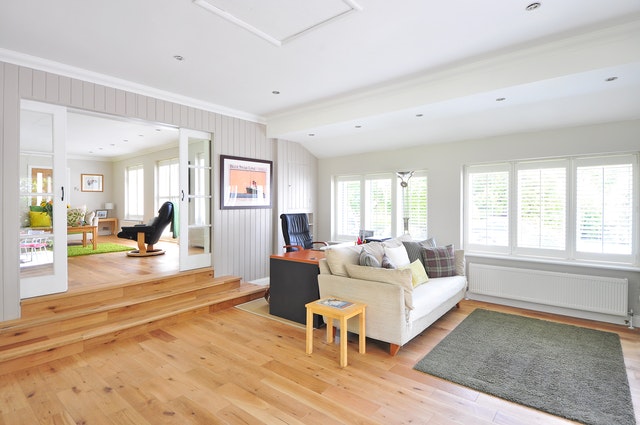The Whole Nature of a Kitchen Can Change by the Use of Color
The kitchen has evolved from a workroom to a family room and also a showpiece of the home. The colors used in it will determine how it feels.
A neutral color pallet of creams and whites can be very soothing. These types of kitchens usually are associated with clean lines and surfaces. They are safe and can make for an easier resale as the neutral colours are more acceptable to the majority of buyers. On a practical sense these types of kitchen look best when they are kept clean and free of clutter.
Brights Excite
Shocking pinks and lime greens stimulate, and a kitchens having these colors are enjoyed by creative families. The interesting colours draw people into the room and encourage activity and conversation. Brights must be selected carefully, since colors fluctuate according on the time of day. Artificial and natural light affect these colors most dramatically.
Bolds Make Statements
Strong bold colors like dark chocolates and deep reds create impact and say a lot about style. They add drama and can sooth or stimulate. Deeper colors can warm a room and make it cosier. A possible downside is that they can also make the room feel smaller. To negate this effect use bold colours in blocks rather than entire walls or banks of cabinetry.
Where to Put Color
The brighter or bolder the color, the more likely that it will date. So while you should be bold and add some color to a kitchen ythere needs to be an awareness that you may want to change it in a couple of years. Add color in inexpensive areas to keep the cost down when they are changed. Splashbacks are good place as these are often tiled or glass and are a large enough space to have an effect on the entire room. Walls around the cabinetry are also a good place as these can be painted relatively easily and inexpensively.
It Does Not Need to be Permanent
Accessories or unfitted furniture is another good way to get some colour into a room. Colored blinds and fabrics, fruit bowls, flowers and vases can add points of colour that when put together have a big impact. Positioning these small items are key. Stand at the room’s entryway and observe what draws the attention first.
Be it a counter top or shelf, in order to fool the eye into thinking there is more color in this area, a little amount of color is placed here. Furniture such as painted wicker chairs, or colored tables can also have a dramatic effect on the room. They are readily interchangeable and may be moved about to provide a variety of effects.
Home’s heart is the kitchen, and should have personality. Color is a great way to make a room have impact and if done correctly can be easily and inexpensively updated.
Conclusion:
The whole nature of a kitchen can be changed by the colour of its interior. Neutral colours are safe and make for an easier resale. Bold colours add impact and say a lot about style. Deep reds and pinks warm and stimulate, while bold colours make the room feel smaller. The brighter or bolder the color, the more likely that it will date.
Add color in inexpensive areas to keep the cost down when they are changed. Splashbacks are good place as these are often tiled or glass and are a large enough space to have an effect on the entire room.




